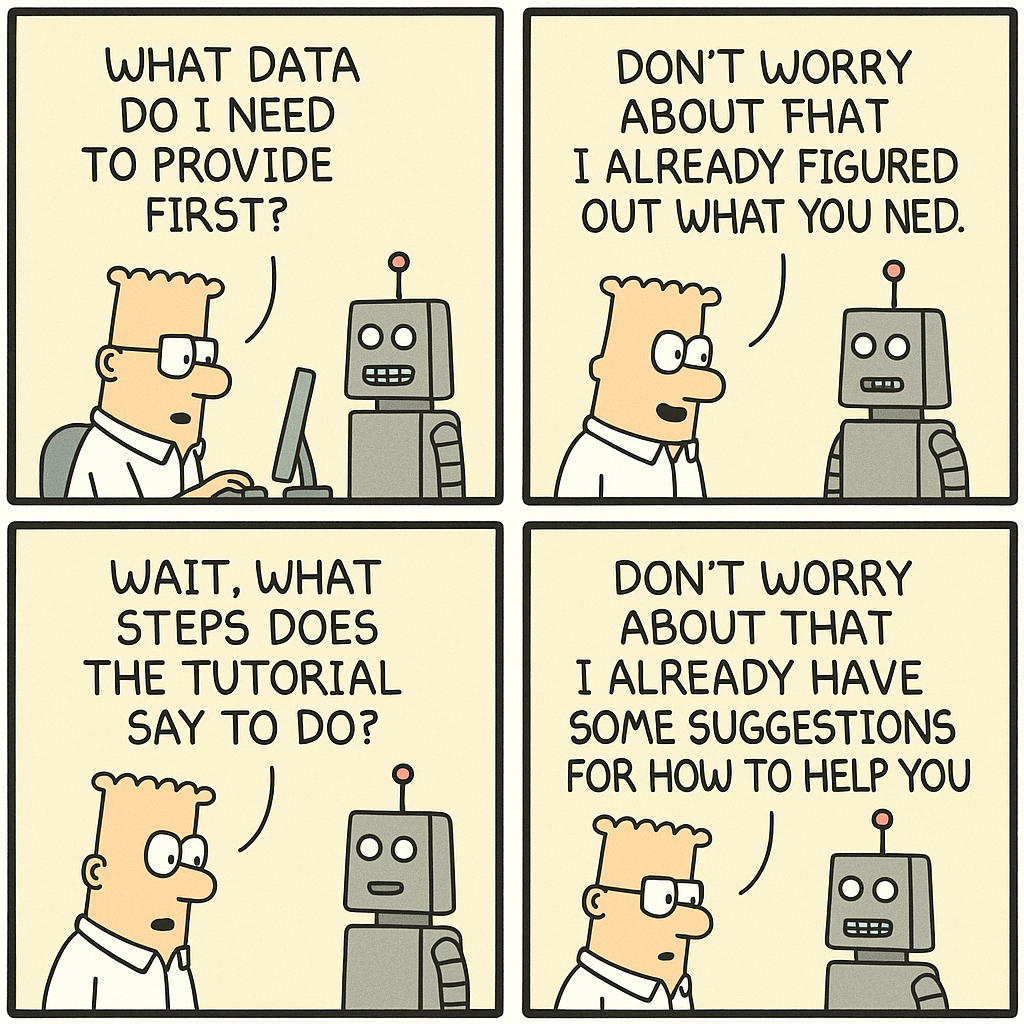How leaders can avoid the silence that comes with authority and create space for candid, unvarnished truth.
There’s a peculiar moment in every leader’s life—an imperceptible shift—when suddenly, the air around them thickens. People start using different tones. Questions grow more tentative. Agreements are quicker, sharper, almost preemptive. It’s as if stepping into a position of authority changes not only how others view you, but how they engage with you, or rather, how they don’t.
This isn’t about ego, though that’s certainly part of it. The unsettling reality of leadership is that the higher you climb, the less truth you hear. Or at least, the unvarnished kind. The kind that stings, grates, challenges.
Think of it like this: in most rooms, the strongest voices belong to those who have the least to lose. The intern questioning the CEO’s marketing strategy at an all-hands meeting, or the mid-level manager who throws a wrench in a product plan with a risky suggestion. But once you hold the reins of power, those voices, often vibrant and disruptive, dim. You’re no longer one of the voices; you’re the decision-maker. And decision-makers, well, they can be tricky to talk to.
This shift, subtle as it may be, means that when you step into a room, your suggestions—however off-the-cuff—can morph into commands. Your queries, no matter how exploratory, can feel like judgments. And most insidiously, your optimism, tempered by reality as it may be, can come across as a tacit endorsement of the status quo. That’s how you, the leader, find yourself in the echo chamber: a well-meaning group nodding in unison, when what you desperately need is a dissenting voice.
Now, this is where things get a bit tricky. This dynamic isn’t new, of course. Throughout history, authority figures have grappled with the distortion of truth that comes with their position. What’s changed is how leadership itself is evolving, particularly in the modern workplace. We’ve seen the shift toward flatter organizational structures, toward leaders who double as collaborators, mentors, and even friends. Hierarchies are blurring, and yet the silence persists. Why?
Part of the answer lies in the culture of leadership we’ve cultivated over the last decade or so. We’ve asked leaders to be more empathetic, more open, more human. These are worthy goals, but they come with an unintended consequence. Many people, in trying to shield leaders from discomfort, believe they’re making their lives easier by not burdening them with new problems—or worse, by staying silent when they see something going wrong. It’s a strange byproduct of this age of “kind” leadership: the people you’re trying to protect end up protecting you from the very truths you need to hear.
Take the era of remote work as an example. Leadership has become even more remote—both literally and figuratively. The hallway conversations, the casual watercooler chats where insights once flowed freely, have dried up. What’s left is the formalized meeting, the agenda-driven Zoom call, and, within that, the filtered truth. It’s never been easier to say, “Things are fine” when, in reality, the foundation is cracking.
And here’s the kicker: it’s not just others keeping the truth from you. There’s a temptation—especially for experienced leaders—to believe you’ve seen it all before. The pattern recognition that helped you ascend to power can sometimes blur the nuances of new challenges. You assume things are running smoothly because, well, they look like they did the last time. But in reality, things might be falling apart in ways that are new, ways you haven’t yet learned to detect.
So, what’s a leader to do when they’re aware that the room has grown quiet, that the nods are coming a little too quickly? The countermeasures aren’t complicated, but they require intention and humility.
For starters, embrace the vulnerability that comes with authority. This doesn’t mean putting on a show of weakness, but rather, admitting when you don’t have all the answers. It’s a counterintuitive approach, especially in a world that still prizes decisiveness in leaders. But if you want the unvarnished truth, you need to show that you’re open to it—even if it’s uncomfortable.
Simple tweaks in language can work wonders. Instead of saying, “I think we should do X,” try, “Here’s my opinion, but I could be wrong. What do you think?” It may sound like a small shift, but those extra words signal that you’re genuinely seeking input, not issuing orders. And when someone finally does dissent, reward them. Publicly. Let the team see that candor is prized, that disagreement isn’t just tolerated, but celebrated.
Beyond language, structure matters. The quietest voices often stay quiet in group settings. Create smaller forums, even one-on-one sessions, where your team feels free to speak more candidly. And be explicit: “I want you to tell me what’s going wrong. I need to know what I’m not seeing.” That simple ask, made in a private setting, can unlock truths that would otherwise never surface.
But perhaps the most powerful tool in your arsenal is the question, “If you were me, what would you do?” This flips the dynamic. Suddenly, you’re not just the boss with the final say—you’re someone asking for help. It reframes the conversation from one of authority to one of collaboration, and it invites the other person into your world, giving them permission to challenge your assumptions.
In the end, leadership is as much about listening as it is about guiding. And in this age of soft-spoken truths and protective silences, it’s more important than ever to seek out the truths people are afraid to tell you. Because the real danger of authority isn’t making the wrong decision—it’s making the right decision based on incomplete information.
So, the next time you walk into that room and see those eager nods, pause. Ask yourself: Is this agreement, or just the echo of silence?
















